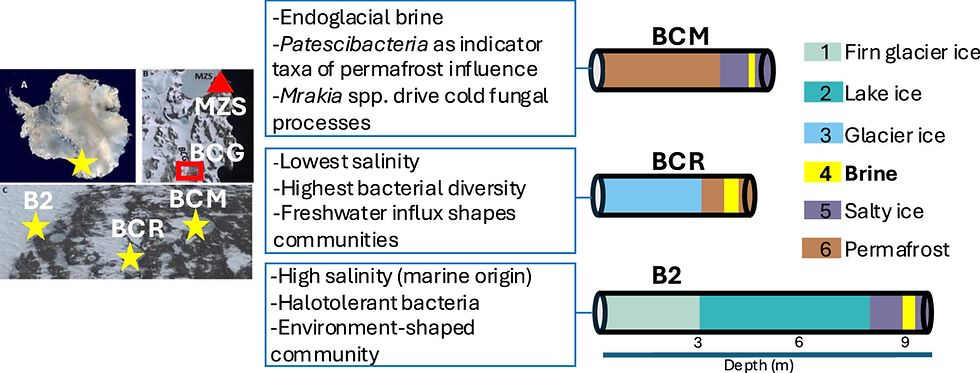Guest view -- Wildfire smoke brings health hazard; here’s how to protect yourself
- David Ojcius
- Mar 2, 2022
- 2 min read
by Adriana Chan, Melissa Nguyen, Adam Acevedo and David Ojcius
Wildfires and wildfire smoke have always been a natural feature of California’s environment. The data are clear – since 1980, the wildfire season increasingly shifts earlier in the year (from August to July) and lasts longer. In California, the average length of the fire season is estimated to have increased by 75 days, along with an increase in the size of the wildfires.
Drought is ever-present in California, but has increased in severity in recent years because of climate change. This has resulted in drier soils and vegetation that contribute to a higher likelihood of wildfires and longer wildfires. Drier, warmer conditions lead to earlier spring snowmelt and reduced snowpack. The loss of water in the soil during dry seasons increases the flammability of vegetation and the chances and frequency of wildfires.
Wildfire smoke worsens air quality by releasing large quantities of particulate matter, carbon monoxide, nitrogen oxides and organic compounds into the atmosphere. Firefighters and those who live near forest areas prone to wildfires are at greater risk for changes in mental health, burns, and death from fire or heat exposure.
Smoke from wildfires also can cause eye irritation and respiratory health effects, exacerbating respiratory inflammatory diseases (asthma and chronic obstructive pulmonary disease).
There are several ways in which we can protect ourselves from wildfire smoke. First, we can keep windows closed and reduce activities that increase indoor pollution, such as burning candles, vacuuming, and using gas stoves. Portable air cleaners are a proven method for reducing indoor wildfire smoke particulates by up to 88%. In addition, those with home central air conditioning systems should consider replacing its filter with a high-efficiency filter to maximize the capture of fine particles in smoke.
During wildfire season, remain aware of the air quality index (AQI). Many of us should plan to use a mask as the value approaches 200, but sensitive groups may benefit in using one at a lower AQI threshold. For further protection, use a designated particulate respirator approved by the National Institute of Occupational Safety and Health (NIOSH), such as the N95 and P100 mask. In case you cannot obtain a respirator, a simple cloth mask may be effective if used with a PM2.5 carbon filter insert.
Minimizing the amount of smoke that we inhale over time is crucial, as long-term consequences are associated with detrimental lung and heart effects.
In all, as wildfire season continues in California, be prepared to change your behavior in order to minimize the amount of inhaled wildfire smoke, and use a mask when appropriate. However, it is also up to us to change the agenda for the long term by doing our part to reduce our carbon footprint, which in turn, reduces changes to the climate and the threat of wildfires.
Read more at:
https://www.recordnet.com/story/opinion/2021/08/09/california-wildfire-smoke-poses-health-risk-how-protect-yourself/5521470001/








Comments